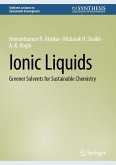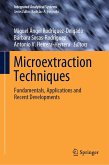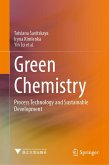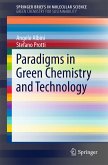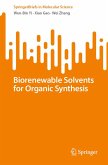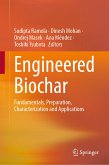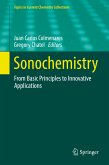Ultrasound waves are utilized in various processes including synthesis, crystallization, and purifications and find applications in various sectors like pharmaceuticals, material sciences, agriculture, food processing, and environment science.
This book is focused on applications of sonochemistry. It begins by explaining the basics of the technology and moves on to describing applications in the fields of chemistry, chemical engineering, and environmental engineering, and discussed applications currently being developed and future outlook.
Dieser Download kann aus rechtlichen Gründen nur mit Rechnungsadresse in A, B, BG, CY, CZ, D, DK, EW, E, FIN, F, GR, HR, H, IRL, I, LT, L, LR, M, NL, PL, P, R, S, SLO, SK ausgeliefert werden.



